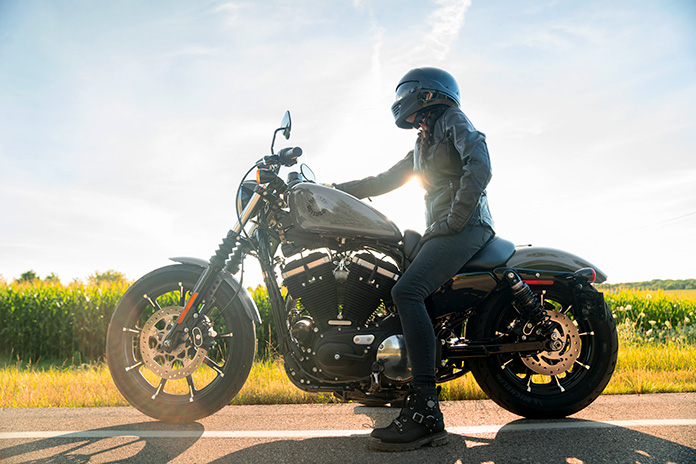
Few motorcycle brands are as legendary as Harley-Davidson. You won’t find the Hells Angels on Gold Wings or Panigales, after all. Within the brand, the Evolution (Evo) Sportster is truly iconic.
Born in 1957, XL Sportsters were the smaller performance models for more spirited riders. Originally equipped with 883cc and 1,000cc Ironhead engines, they were updated in 1986 to the Evo that produces the sound that many associate with Harley.
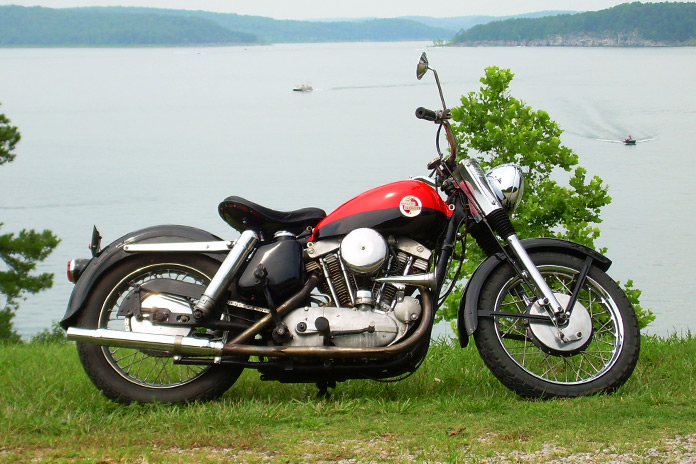
Development on the engines started during the notorious AMF years in the 1970s, and the original Evo was a 1,340cc variant, which replaced the aging Shovelhead in 1984. They are air-cooled with push rods, overhead valves, and enough vibration to remind you that it’s no Japanese cruiser. There’s nothing quite like an Evo.
Sportster: Old School with a Cult Following
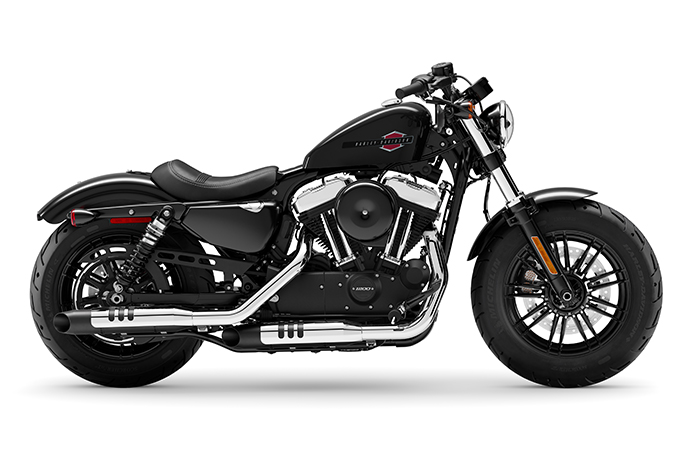
The 1986 Sportsters got 883cc and 1,100cc Evo engines that hardly changed over the next 36 years. The 1,100cc Evo got bumped up to 1,200cc in 1988, fuel injection was added in 2006, and a 5-speed transmission replaced the 4-speed in 1991. And that’s about it. We live in a very different world today where European emissions standards are strangling anything that runs on gas.
Harley’s old-school Evo rumblers just aren’t clean enough, so a new breed of Sportsters is taking their place. The Sportster S and Nightster (a recycled Evo Sportster name) have the latest Revolution Max engines first seen on the Pan America adventure bike, while the Milwaukee-Eight powers the Softail and Touring models.
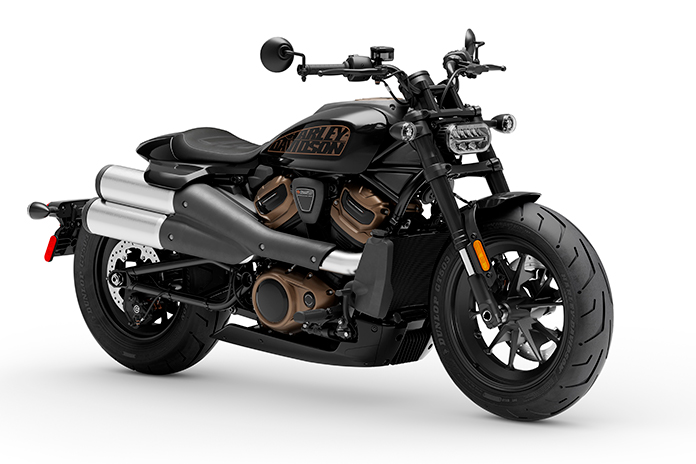
The Revolution Max is a liquid-cooled V-twin with a lot more power, but it lacks the character of the admittedly obsolete Evos. Harley has finally axed the last two traditional Sportsters – the Iron 883 and Forty-Eight (1200) – with production slated to end in 2023. They were discontinued in Europe in 2020 due to Euro 5 regulations.
Related Story: 2021 Harley-Davidson Sportster S | First Ride Review
Evo Sportsters have a cult following for a reason – they have infinite character. Riding an Iron 883 in 2022 is similar to riding its 1957 counterpart, which is truly special. They’re also incredibly customizable – you can build an entire Sportster from scratch with aftermarket parts. It’s a tinkerer’s dream, and few Sportsters end up alike. So many have been punched out of the factory that they’ll seemingly live on forever in the preowned market.
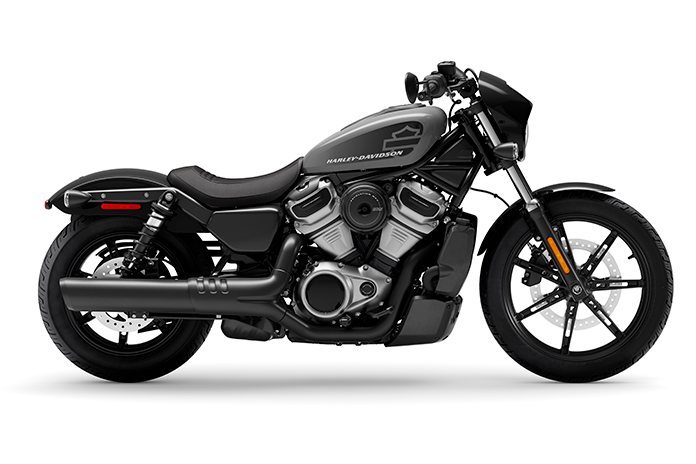
Related Story: 2022 Harley-Davidson Nightster | First Ride Review
Are there any equivalents from other brands? Can you buy a new bike that’s comparably old-school? You certainly can, and we’ll start with a brand that’s even more old-school than Harley.
Royal Enfield
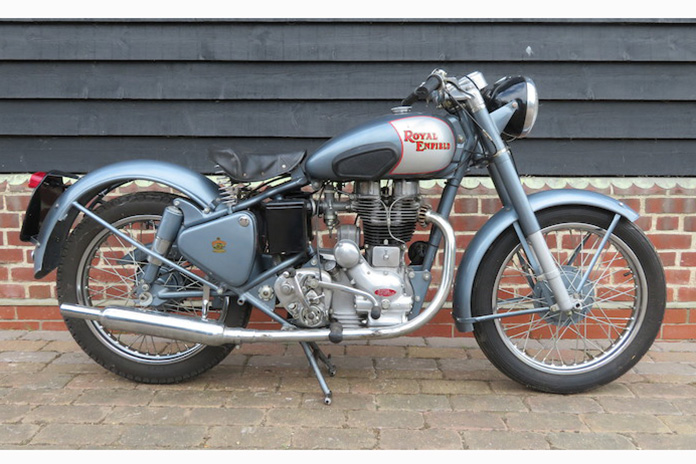
Harley-Davidson was founded in 1903, but Royal Enfield started in 1901. In fact, it’s the oldest motorcycle brand with continuous production. Originally an English company, it produced a model as iconic as any Sportster: the Bullet. Launch in 1948, it beats the Sportster as the oldest motorcycle design in history. Both the Bullet and Royal Enfield names come from the same place, as the original company was a subcontractor to the Royal Small Arms Factory in Enfield, London, which produced military rifles and swords.
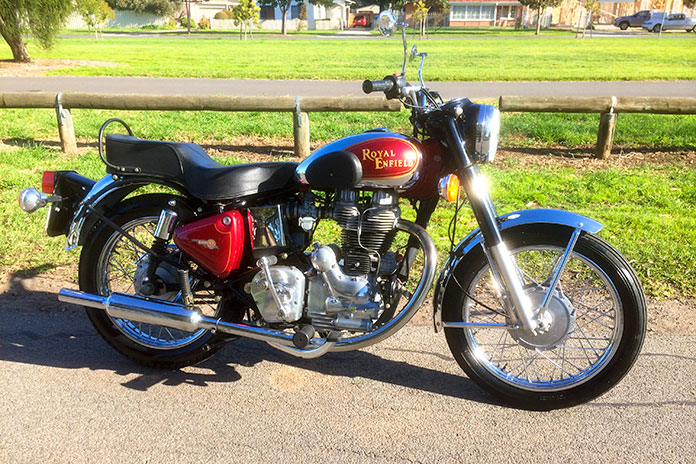
Like Harley, Royal Enfields were instrumental in World War II, used extensively by the British Army and Royal Air Force. The Indian Army began using Royal Enfield Bullets in the late 1940s and opened a factory in Madras. By 1955, 350cc bullets were sent as kits to Indian factories and production of complete motorcycles soon followed under license. The legendary 1955 Indian Bullet remained relatively unchanged, unlinking itself from the British counterparts that were updated in the late 1950s.
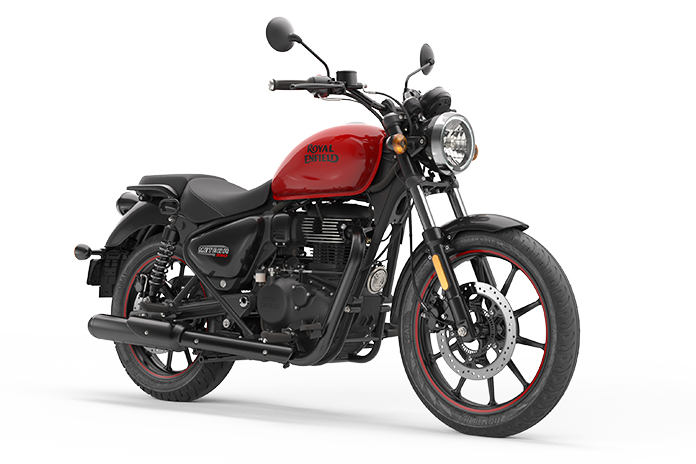
Related Story: 2021 Royal Enfield Meteor 350 | Road Test Review
The British company fell into disarray in the early 1960s and was shut down by 1970, but India’s arm endured and produced the 1955 Bullet for domestic riders. Success was not infinite, as superior Japanese bikes almost wiped out the brand in the 1990s. India’s Eicher Motors bought the near-bankrupt company, and the long-running Bullet received significant quality improvements, while additional models were also developed.
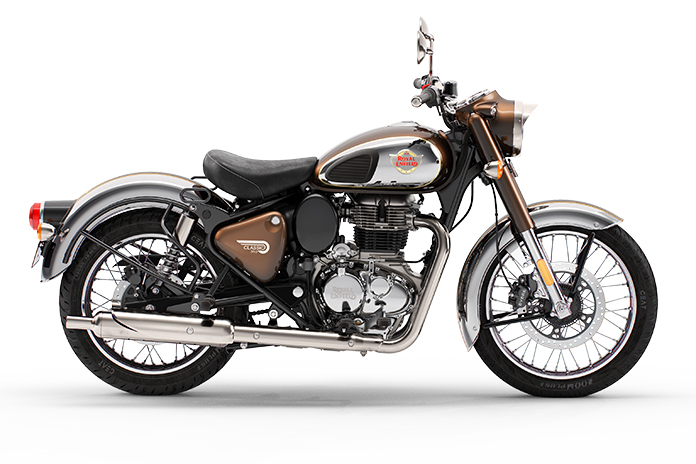
Related Story: 2022 Royal Enfield Classic 350 | First Ride Review
Today, there are two primary engine displacements – 350cc Singles and 650cc Twins. Smaller than the outgoing Evo engines but with no less character. All have fuel injection and emissions equipment to pass Western regulations. In fact, the Royal Enfield Meteor 350 became the best-selling 125cc-and-above motorcycle in the U.K. In the American market, the Bullet name was recently dropped in favor of the Classic (and Meteor) 350, while the Continental and INT 650s, Scram 411, and Himalayan 411 adventure bike are relatively new models.
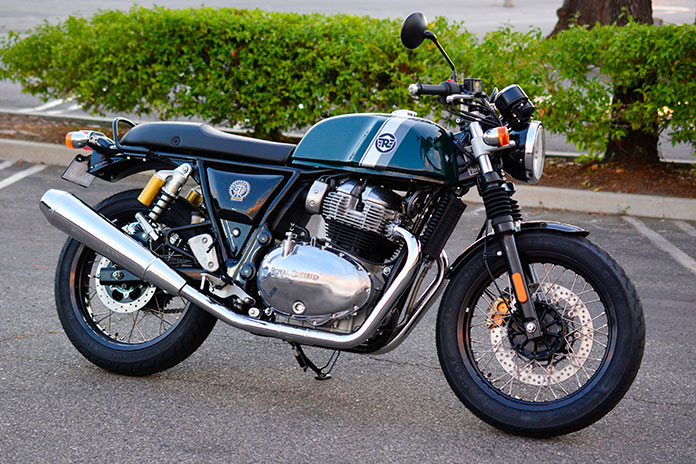
All of them remain old-school and true to their roots, and you won’t find anything closer to bikes from the 1950s and 1960s. I dare say the Classic 350 is even more “vintage” than the Sportsters, while the new 650cc parallel-Twins are classically designed as well. Royal Enfields are designed in England and built in a state-of-the-art factory in India, and they’re half the price (or less) of new Sportsters. For old-school enthusiasts, they’re tough to fault.
BSA and Norton
BSA stands for Birmingham Small Arms Company, which began manufacturing firearms in the 1860s. in 1905, a bicycle with a small Minerva engine was built and motorcycle production became inevitable. The versatility of BSA was very evident during World War II when 67 factories supplied millions of rifles and machine guns, along with 126,000 M20 motorcycles.
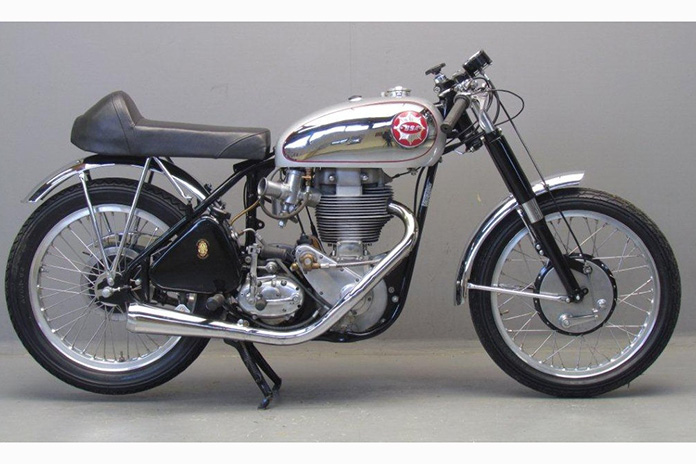
By 1950, BSA was the largest motorcycle manufacturer in the world. From 1938 to 1963, BSA’s Gold Star became an icon for the brand and was among the fastest bikes in the 1950s. It was called “Gold Star” after a Gold Star badge was awarded to Wal Handley in 1936 for running the Brooklands racing circuit at over 100 mph on a BSA Empire Star. Gold Star bikes had single-cylinder, 4-stroke engines in 350cc or 500cc displacements, and each came with dynamometer results to confirm horsepower.
BSA merged with Triumph and Norton to form Norton-Villiers-Triumph in a desperate attempt to save all three in the 1970s, but none could overcome the rising dominance of Honda, Kawasaki, Suzuki, and Yamaha. Triumph made a successful comeback in the 1990s with models reentering the U.S. market in 1995. The rights to Norton were bought in 2008, and the famous Commando was again produced in England, but the company fell into bankruptcy in 2020.
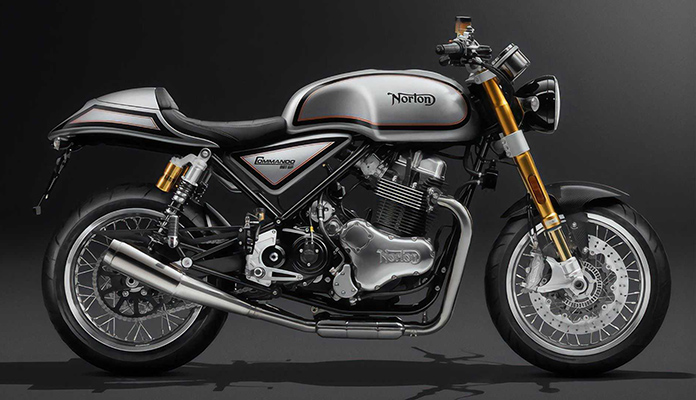
India’s TVS Motor Company subsequently bought Norton, and expensive hand-built performance bikes are now being produced. A pair of 2023 retro Commando models were also just announced, the 961 SP and 961 CR (the latter with clip-ons), which follow the very limited 2019 Commandos. Prices are high, starting at nearly $19,000, and the 961cc parallel-Twin only pushes out 76.8 hp. That leaves BSA, which is currently under Indian ownership (sound familiar?) and reintroducing the Gold Star.
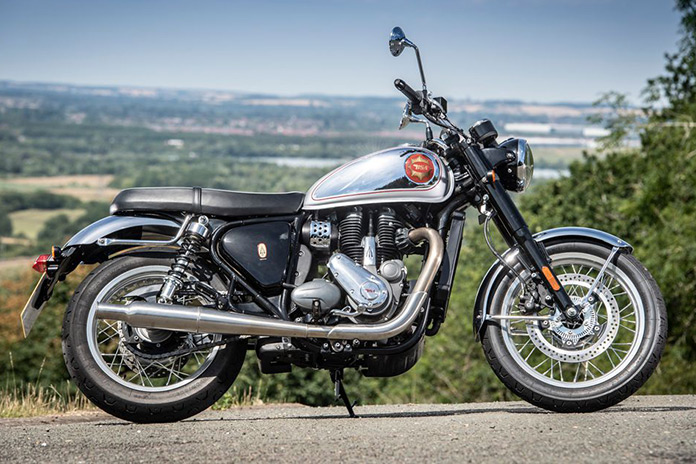
The 2022 Gold Star has a 652cc single-cylinder engine that provides old-school character as thumpers tend to do. It makes 45 hp and can reportedly do the ton (100 mph), which is the same as the original 500cc model. Thankfully, the bike remains basic without ride modes, other electronics, or a fancy digital display. Like the 650cc Royal Enfields and even the new Commando, there are twin analog gauges for us Luddites. It’s ultimately a modern-ish bike with an old look and feel (like contemporary Triumphs) and certainly a very classic badge.
Wild Cards
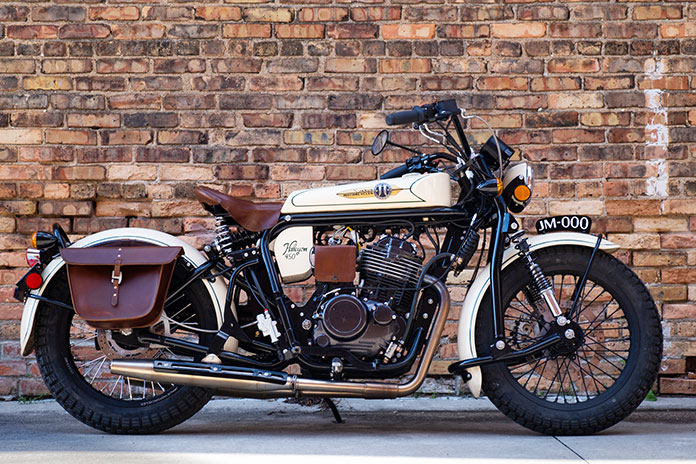
There are some niche brands selling old-school designs that are genuinely intriguing. Janus Motorcycles is an American company based in Indiana, but it doesn’t have a historic pedigree. These are simply new bikes with old-school charm. There are three models, but the Halcyon 450 has the biggest engine (445cc) and is the one to get. It reminds me of a 1920s James Flat Tank 750, minus the V-twin, and the single-cylinder thumper is sure to have character. Most onlookers will also think it’s a 100-year-old antique. With a top speed of 90 mph, it’s viable for highway rides, although I’d keep them short. The bikes are only available in the U.S. (but not California), and prices start at $14,995 for the Halcyon 450.
U.K.-based Wardill Motorcycles is similar to Janus, but it has a history going back to 1927. The modern incarnation is owned by Mark Wardill, grandson of the original designer, so there’s direct family involvement as well. The new Wardill 4 is based on the 1927 Wardill 3, which was revolutionary at the time with a patented 2-stroke supercharged engine (Kawasaki’s H2 wasn’t the first).
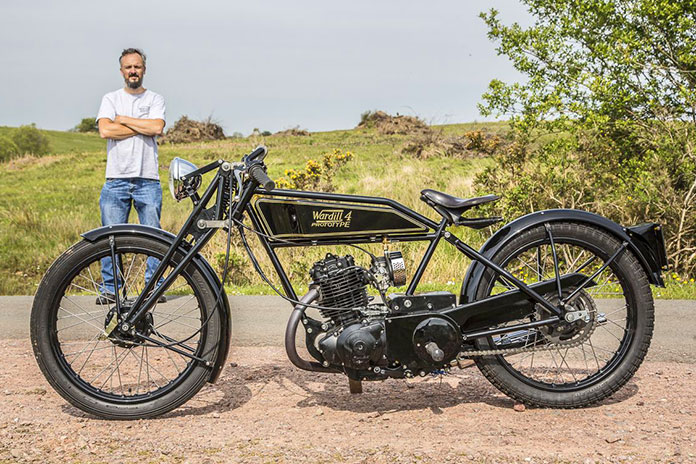
Although a lot of positive attention was received, Wardill only produced prototypes and was soon forgotten. The Wardill 4 looks even older than the Janus Halcyon 450, with triangular girder forks, a longer tank, ridged frame, and 250cc single-cylinder engine. It puts out a paltry 17.3 hp but will allegedly hit a top speed of 90 mph. There are also drum brakes front and rear, so those looking for something old-school have struck oil with this one.
Brough Superior is a French brand with an English history going back to 1919. This was a luxury brand through and through, not unlike Duesenberg or Rolls-Royce, and was a favorite of Thomas Edward Lawrence, aka Lawrence of Arabia. In fact, he died riding one in 1932 (model GW 2275). The brand ceased production in 1940 to focus on the war effort and was unable to resume operations afterward.
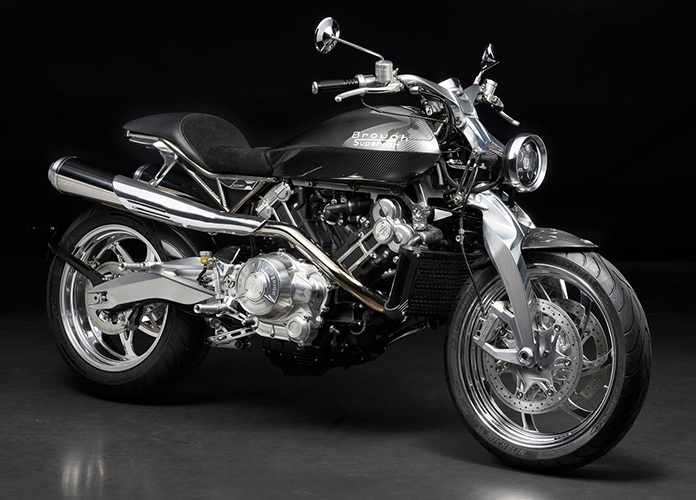
It was founded by visionary George Brough and recently revived by Thierry Henriette, and the first new model based on the famous SS100 from 1924 was unveiled at the EICMA show in Milan in 2013. There are several models to choose from today, from the SS100 to the Lawrence Original, and all are hand-built luxury bikes with price tags to match. They really capture the early style of the originals while employing state-of-the-art engineering throughout. The 997cc V-twin of the new SS100 looks a lot like what Indian has in the Scout models, but these are very different beasts. It’s respectable in the power department, with 102 hp and 64 lb-ft of torque.
Triumph and Kawasaki
Technically, all the bikes mentioned are modern classics, but brands like Royal Enfield and BSA maintain classic designs that compare well to the Evo Harleys. Bigger, more popular brands have capitalized on this vintage trend as well with thoroughly modern, retro-styled bikes. Triumph is the most recognized with the 1960s-inspired Bonneville line. Named after the Bonneville Salt Flats in Utah, the original model launched in 1959 and had a 650cc parallel-Twin, while later models were upgraded to 750cc.
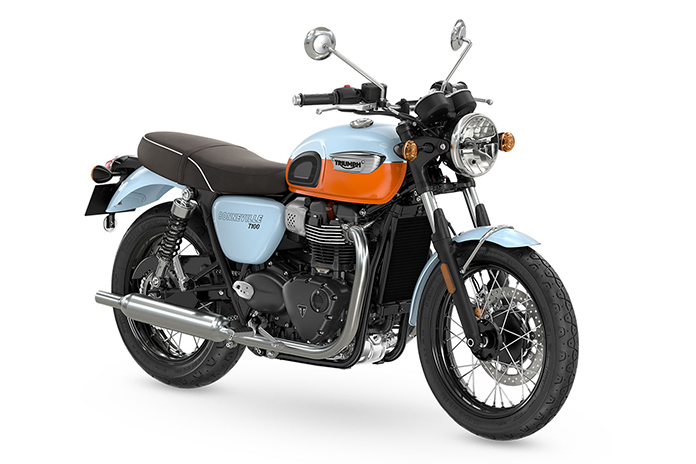
Related Story: Triumph Announces New Colors, Names for Select 2023 Models
Although shuttered in the 1970s, Triumph made a triumphant return in the 1990s. Yes, pun intended. Today’s Bonnevilles look very similar to the mid-century originals but are modern, high-performance machines. The 1990s bikes started with 800cc parallel-Twins, later upgraded to 865cc, and today there are speedy 900cc and 1,200cc models. Performance is superior to Harley Sportsters, but that Harley character is missing with the smooth liquid-cooled engines. Bonnevilles have better starting prices than Sportsters, however, so enthusiasts can get a retro British thrill with money left over for accessories.
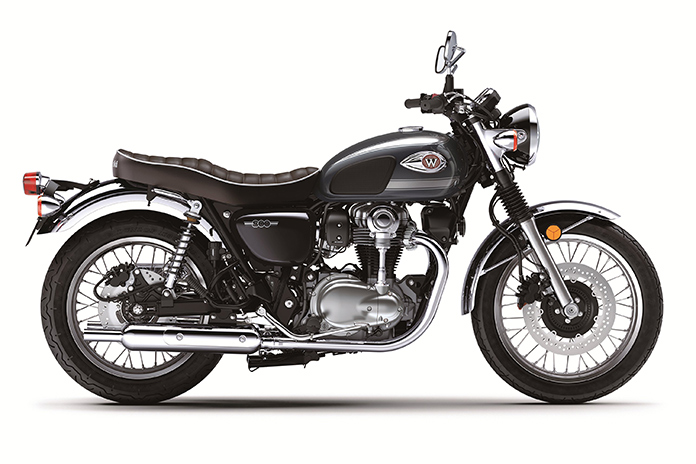
Triumph isn’t the only brand pushing out modern classics. Kawasaki has the W800, based on the 1966 650cc W1 (and even the 1949 BSA A7), Moto Guzzi has the 850cc V7, based on the 1971 V7 Sport, and Ducati has the Scrambler, loosely based on the 1962-1976 models. And so on. However, when comparing modern bikes to Harley, one brand can’t be overlooked.
Indian Motorcycle
Harley and Indian were the two great American brands during the first half of the 20th century. The first Indian prototype was finished in May 1901, beating Harley by a couple of years. Public sales began in 1902, and a year later, Indian’s Chief Engineer Oscar Hedstrom set a motorcycle speed record at 56 mph.
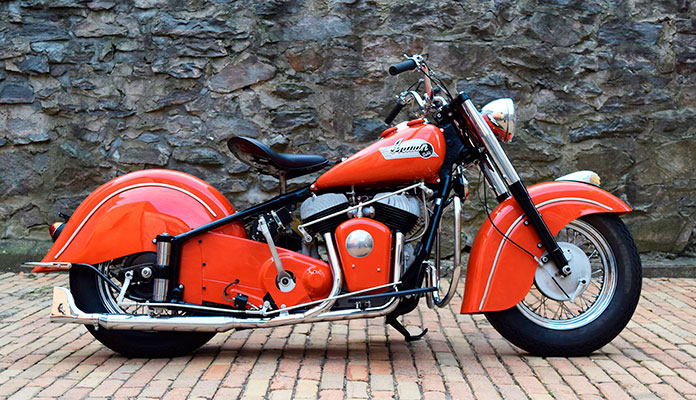
The first V-twin debuted in 1905 as a factory racer and hit production models in 1907, and Indian was producing 32,000 bikes annually by 1913. During World War I, the company focused on the war effort and exhausted its civilian supply, which drained inventory and forced many dealers to abandon them. Indian never fully recovered, and Harley became the bigger, more popular brand. The Scout and Chief V-Twin models, introduced in the early 1920s, are iconic and live on today as modern interpretations. Competition and mismanagement led to Indian’s demise in 1953, leaving Harley as the primary U.S. motorcycle manufacturer, but the brand came back a couple of times in the late 1990s and early 2000s, only to repeatedly falter.
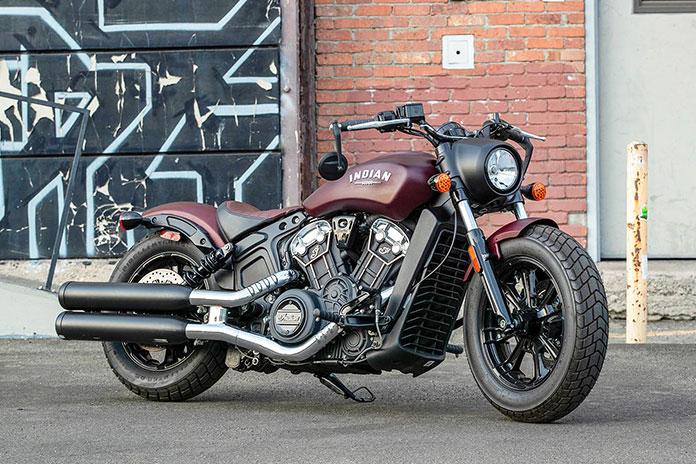
Related Story: Harley-Davidson Sportster S vs. Indian FTR S vs. Indian Scout Bobber | Comparison Review
In 2011, Polaris acquired Indian and successfully revived the brand. There’s a smorgasbord of models today, including the performance-oriented, flat-track inspired FTR 1200. The Scout models are the closest to Harley’s Evo Sportsters but equipped with modern, more powerful liquid-cooled V-Twins. The new Revolution Max Sportsters are now appropriate comparisons. Under Polaris, Indian has become a modern performance-oriented motorcycle manufacturer, but the bikes still provide an old-school, nostalgic ride thanks to classic looks and outstanding V-Twins.
Evo Sportster: The King is Dead, Long Live the King
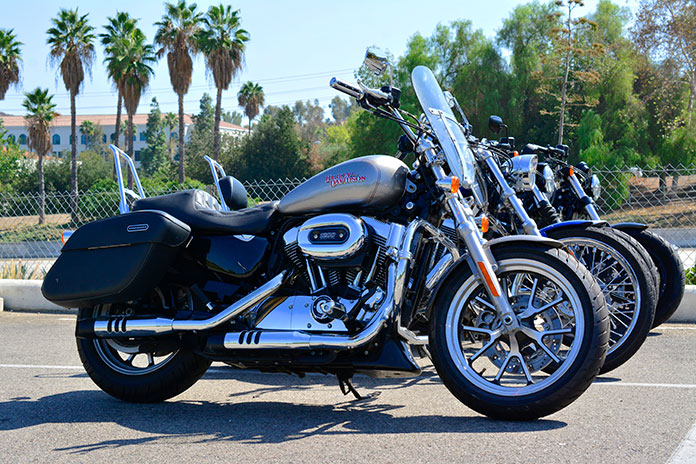
This is not an exhaustive list of Evo Sportster alternatives, but it demonstrates a broad commitment to classic designs for those of us that prefer vintage-inspired rides without lots of angled plastic, bleeding-edge technology, and race-ready performance. Traditional Sportsters are a rare breed, a throwback to the past, but they’re certainly not alone. Although they’re soon to be dead, new kings will rise. Royal Enfield, BSA, Moto Guzzi, Triumph, Norton, and even Kawasaki remind us that a host of brands have very interesting histories and aren’t ready to close the door on vintage models. And that’s a very good thing.
The post Evo Sportster | End of an Era first appeared on Rider Magazine.
Source: RiderMagazine.com

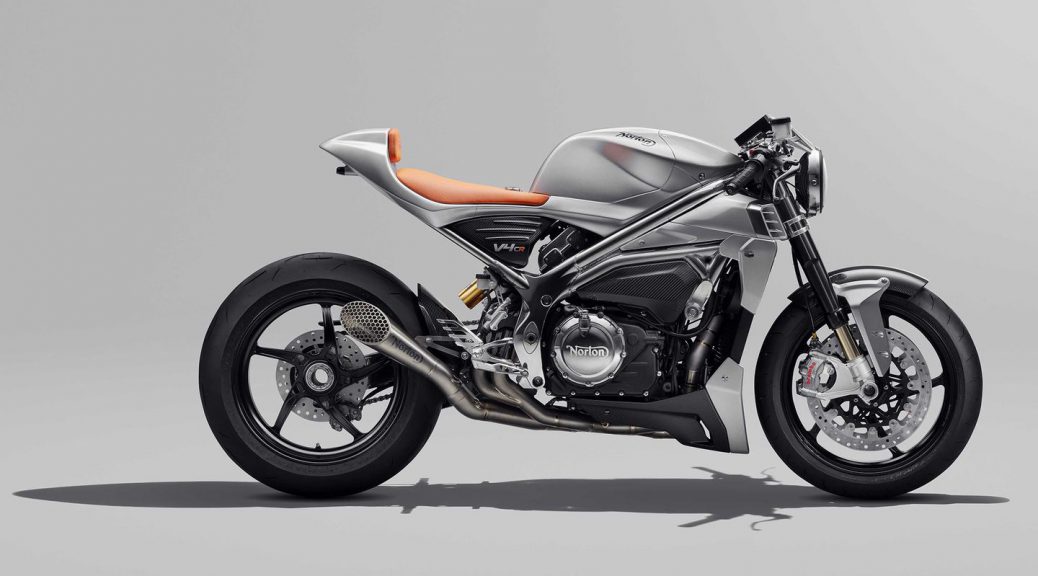
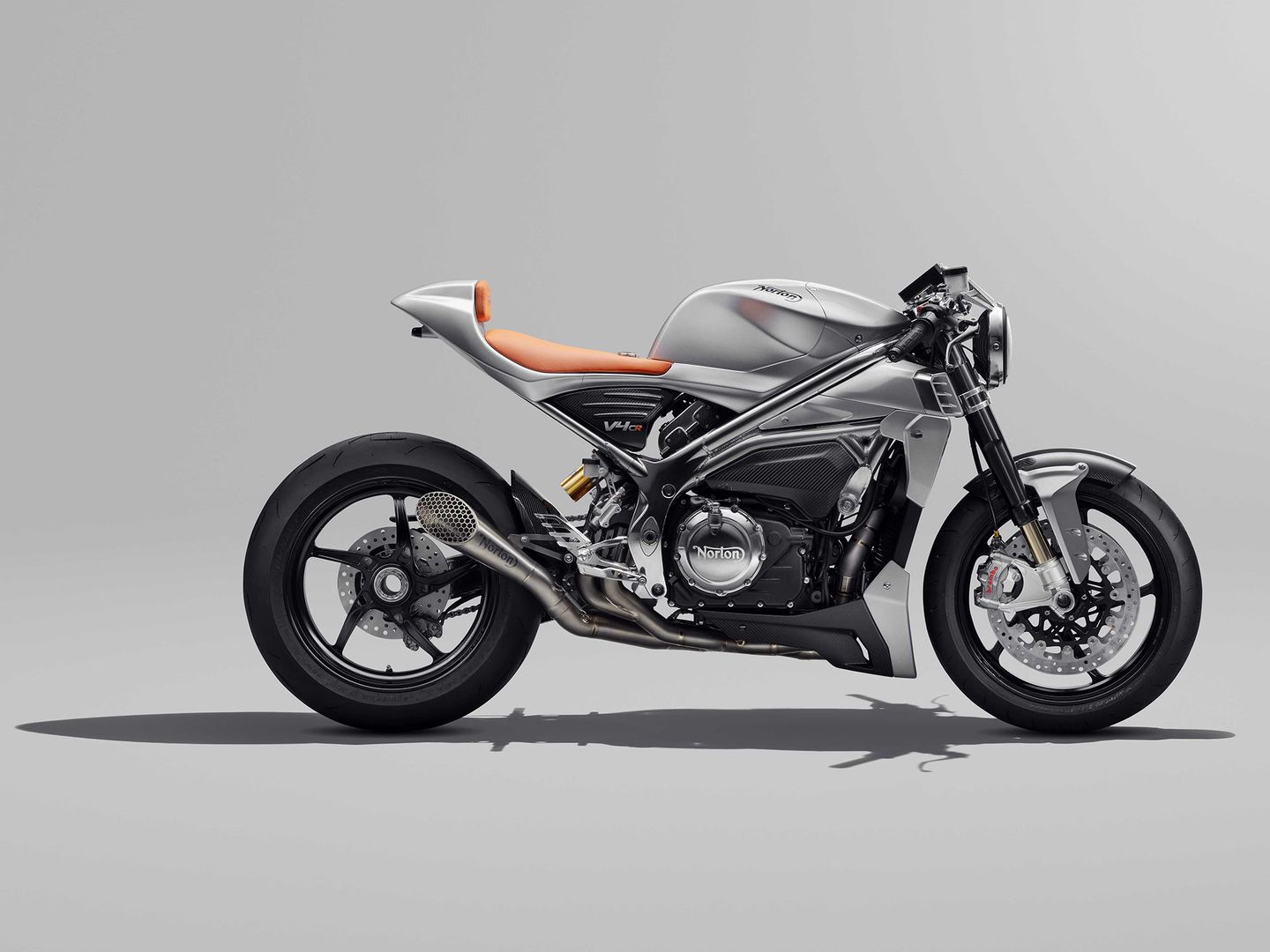
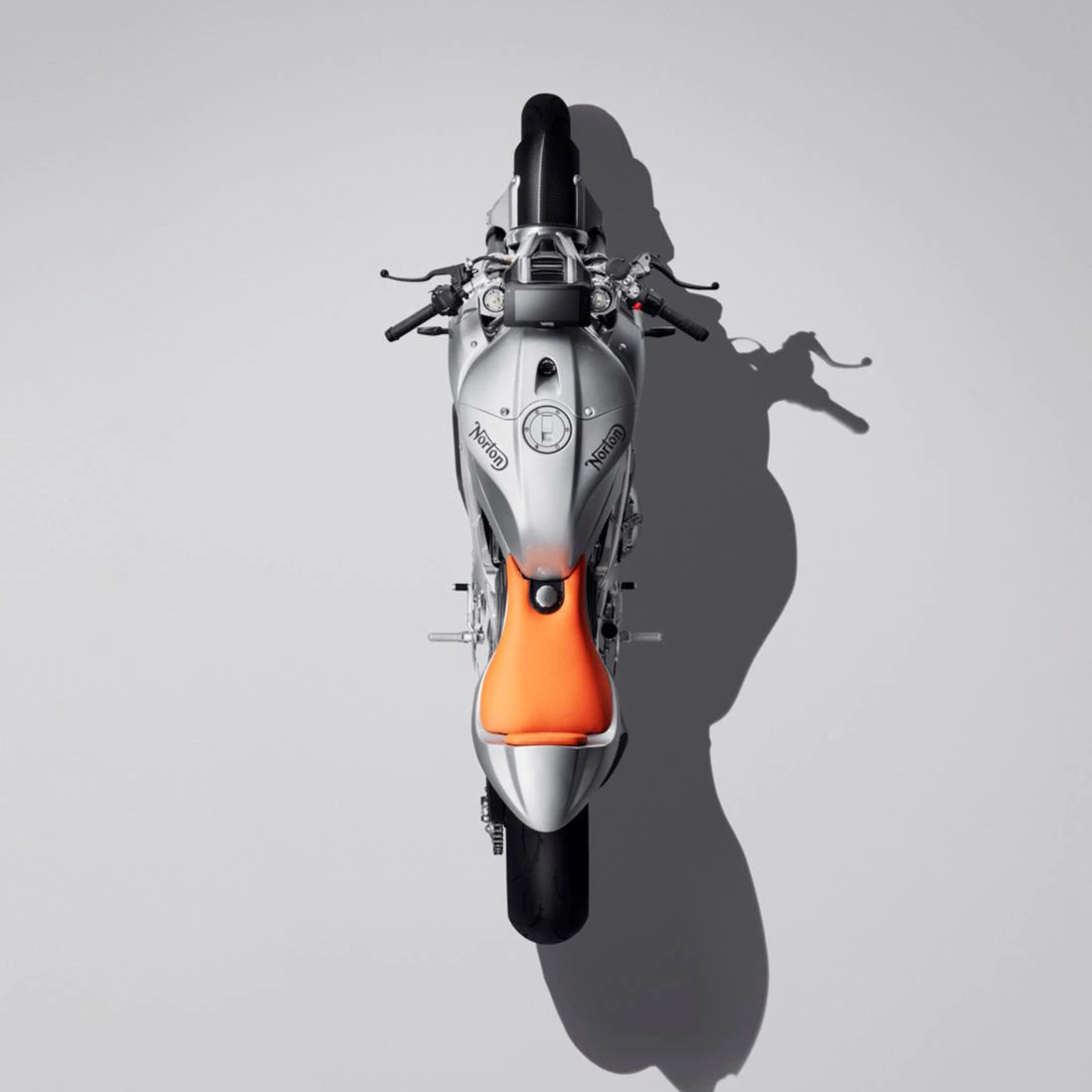

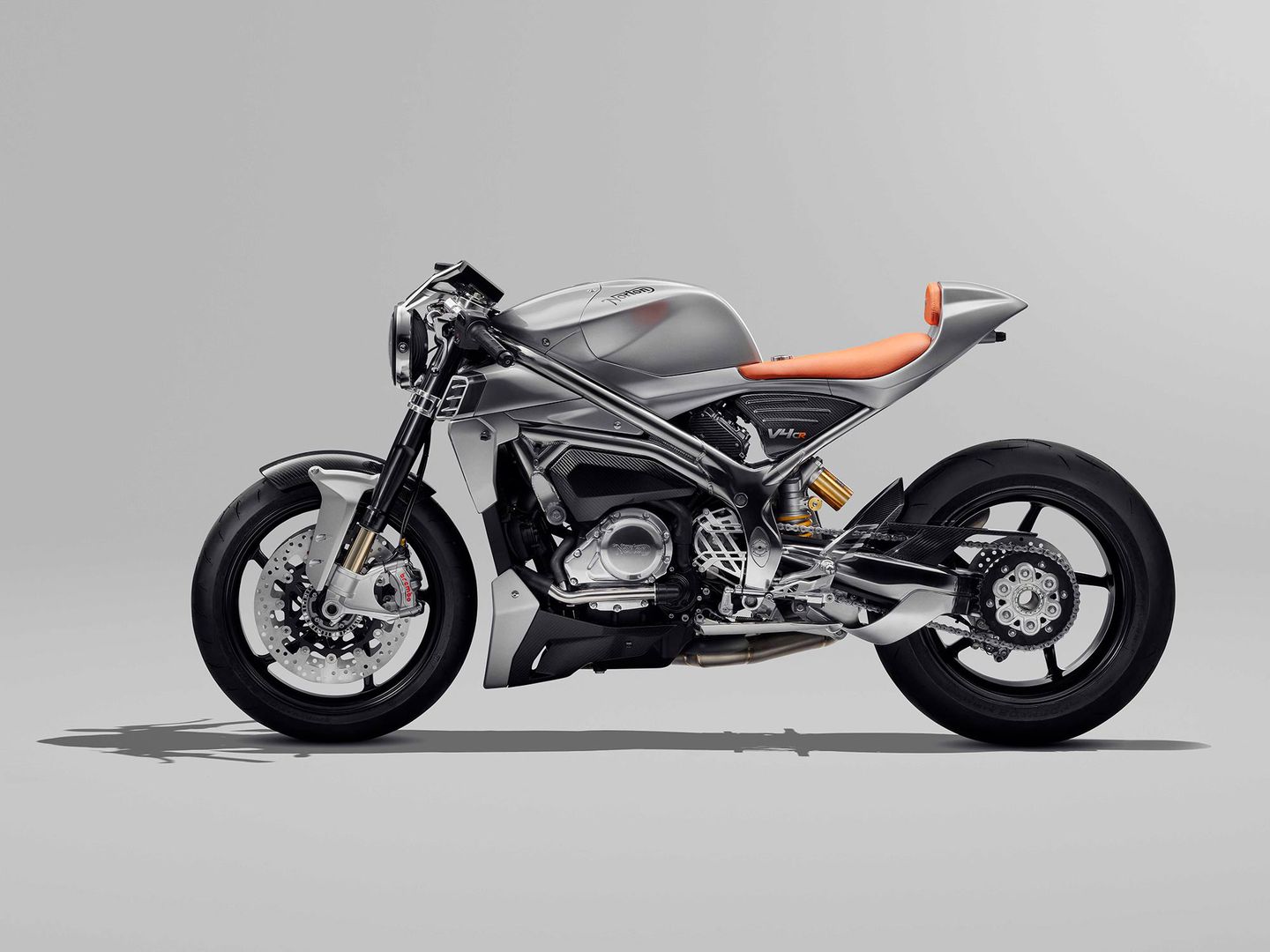
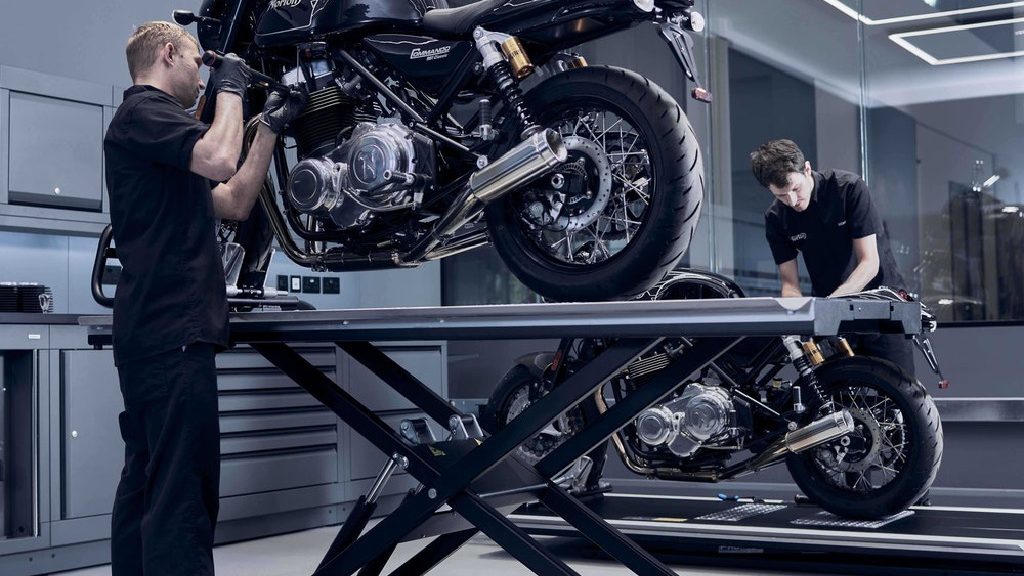
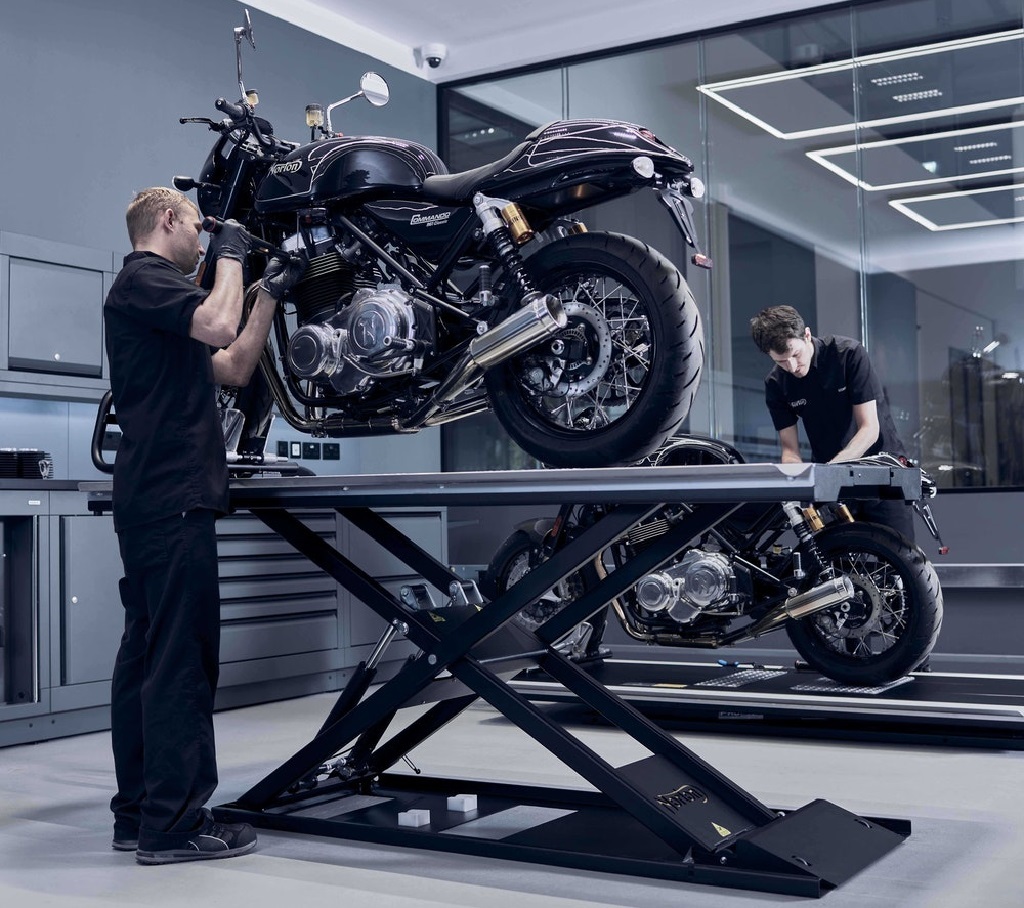
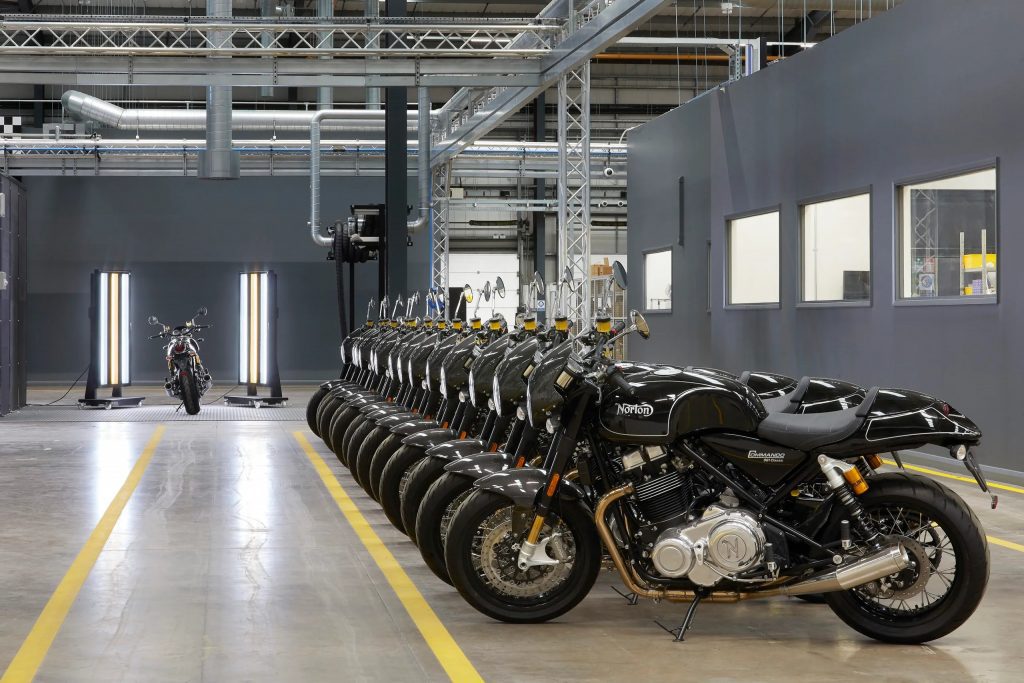
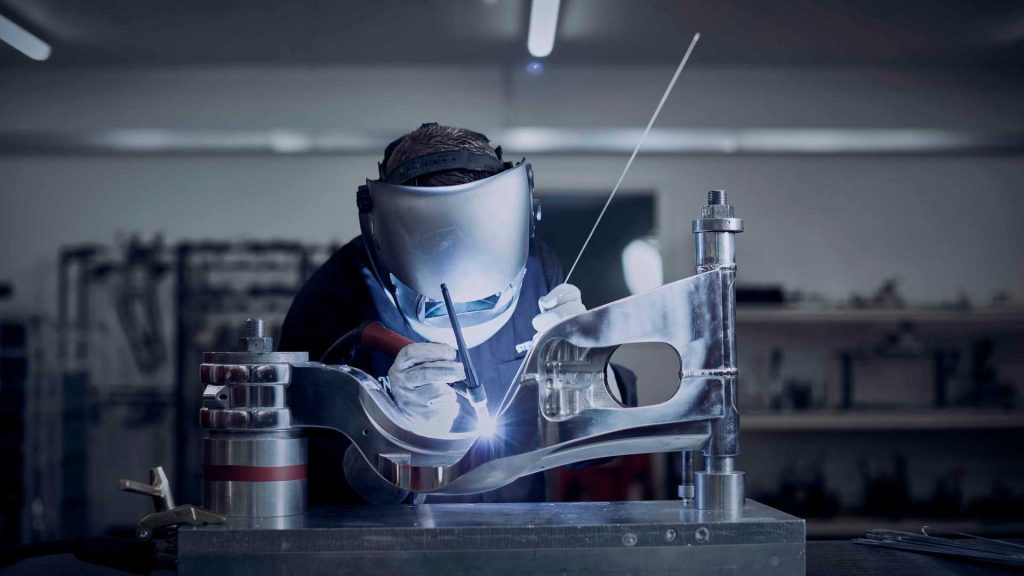
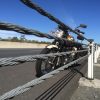
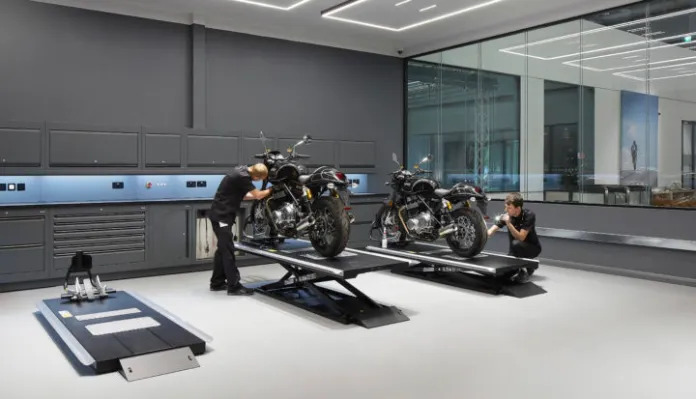
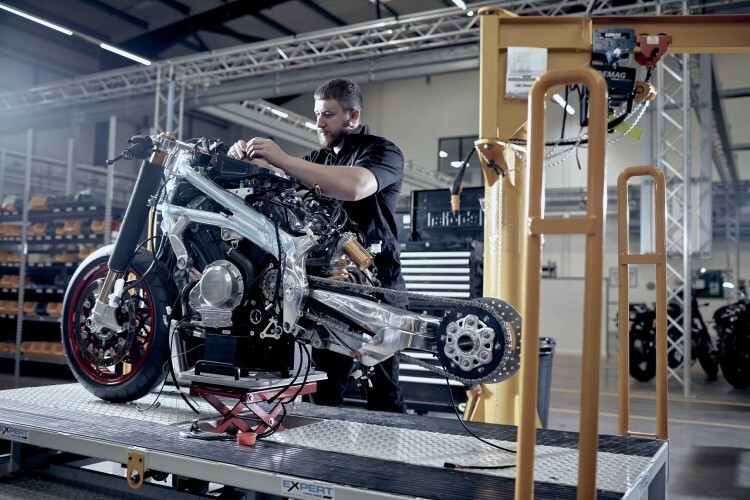
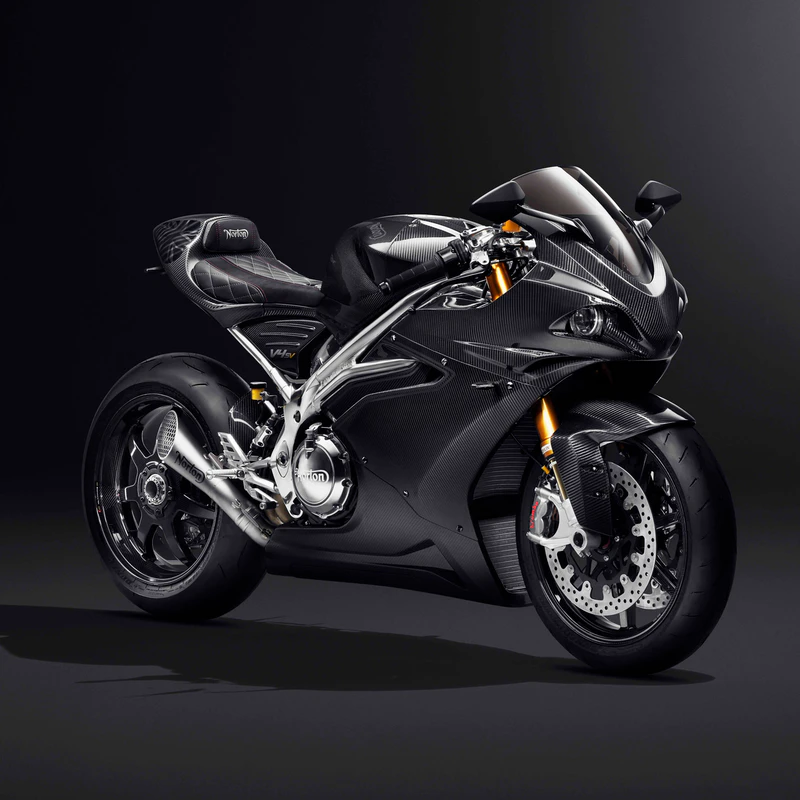
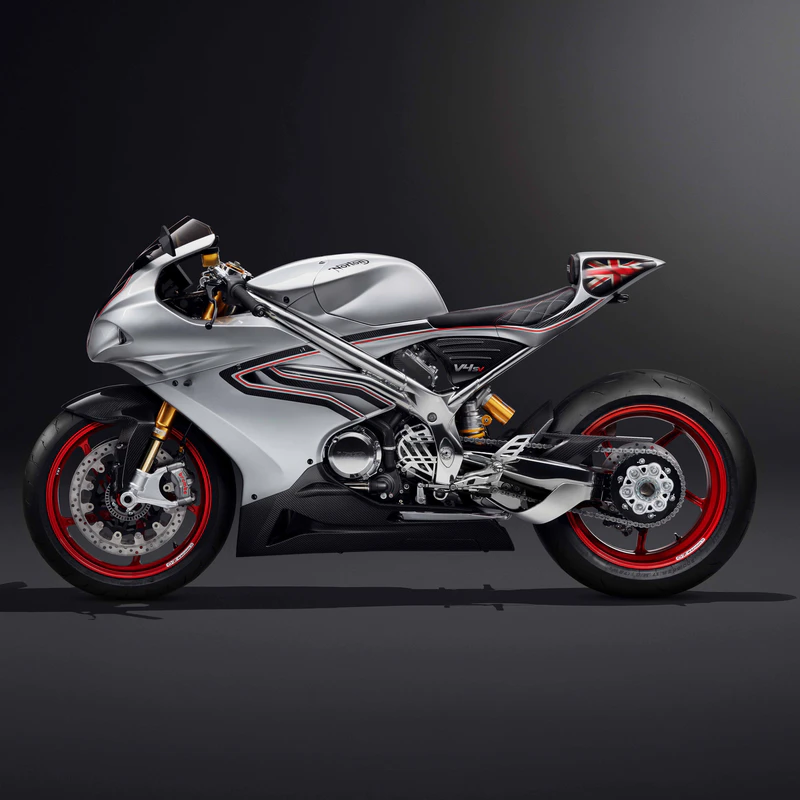
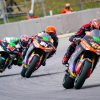
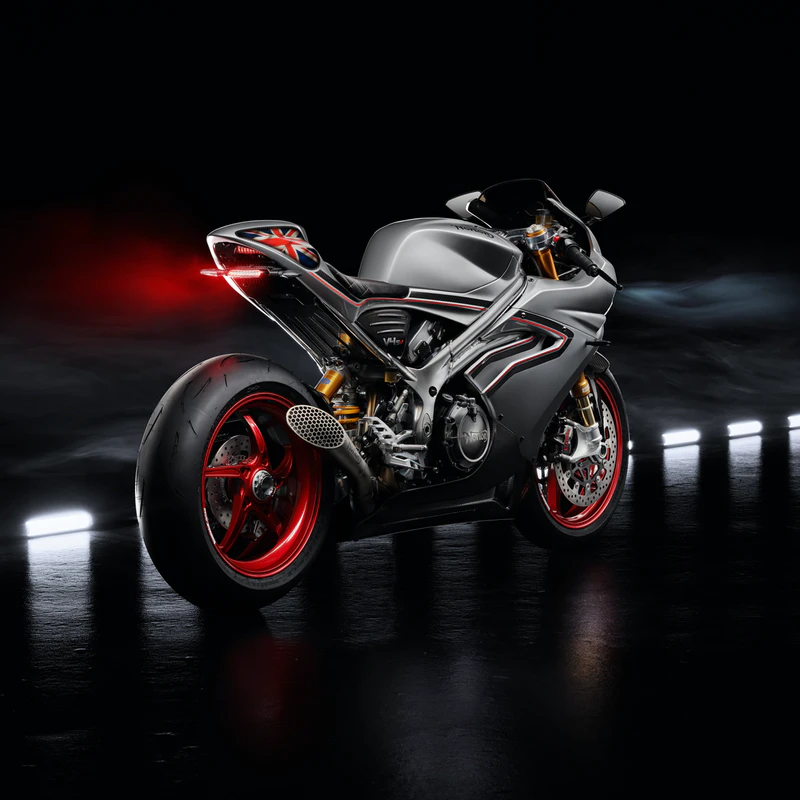
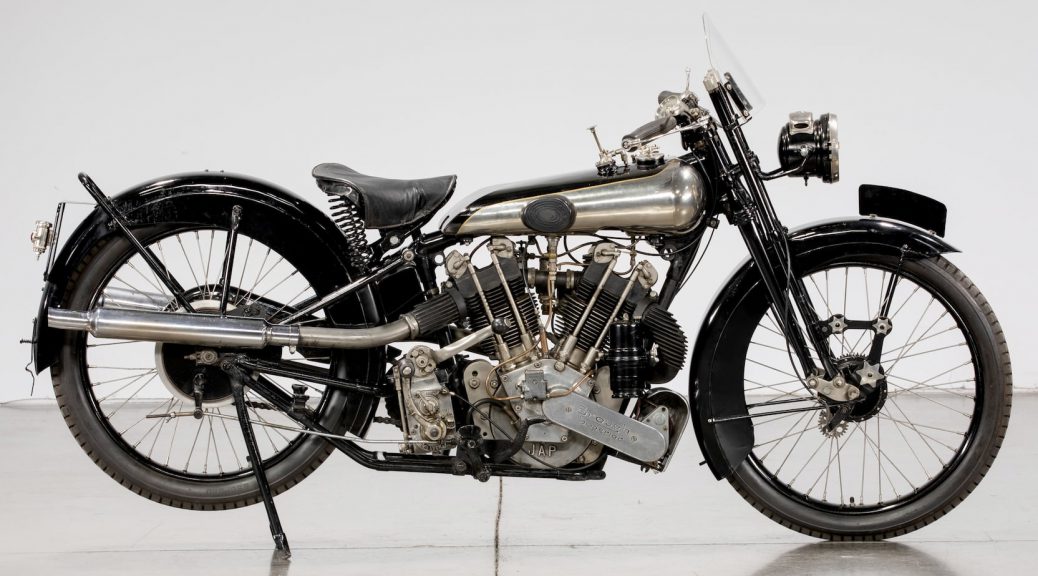
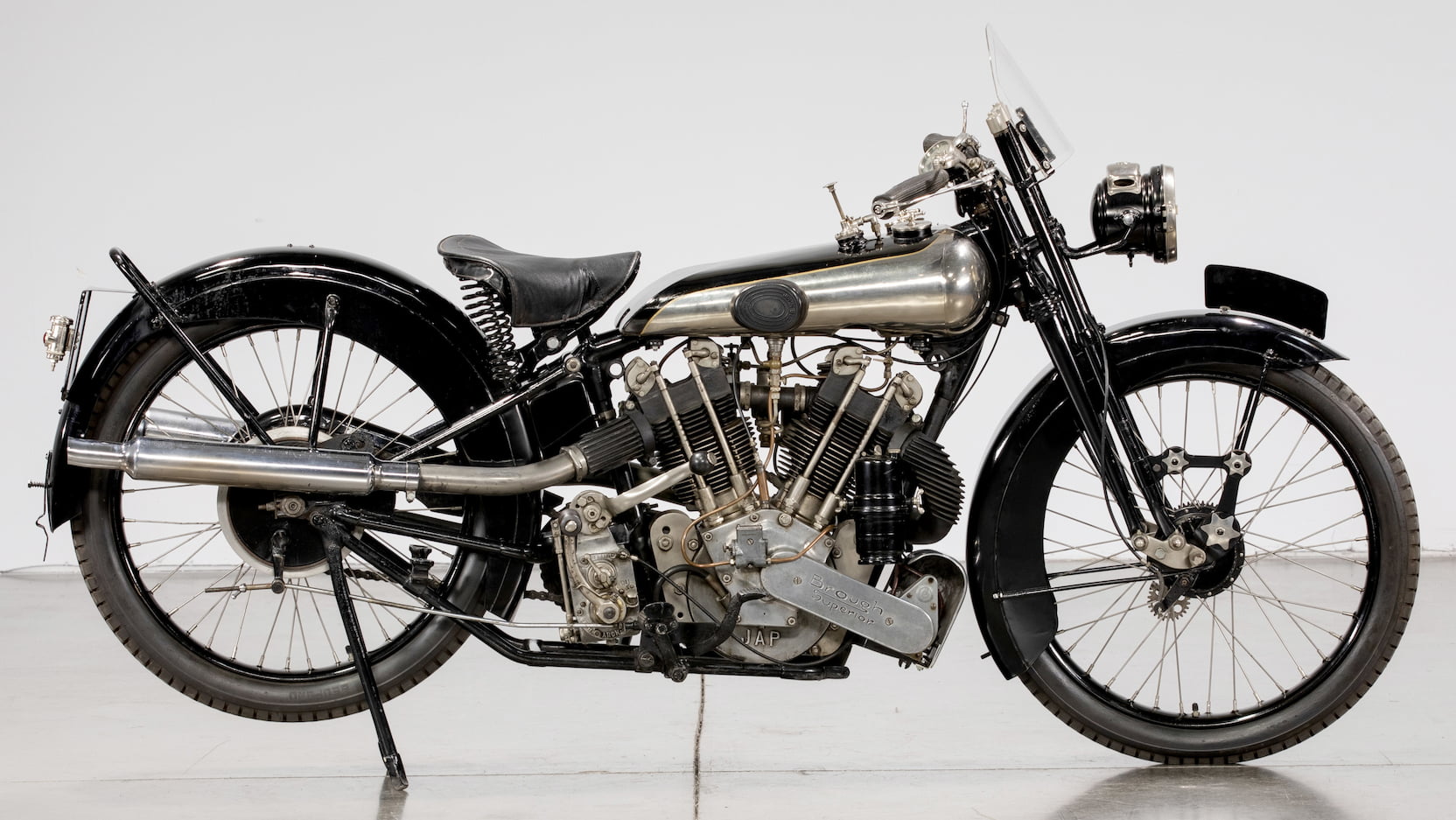
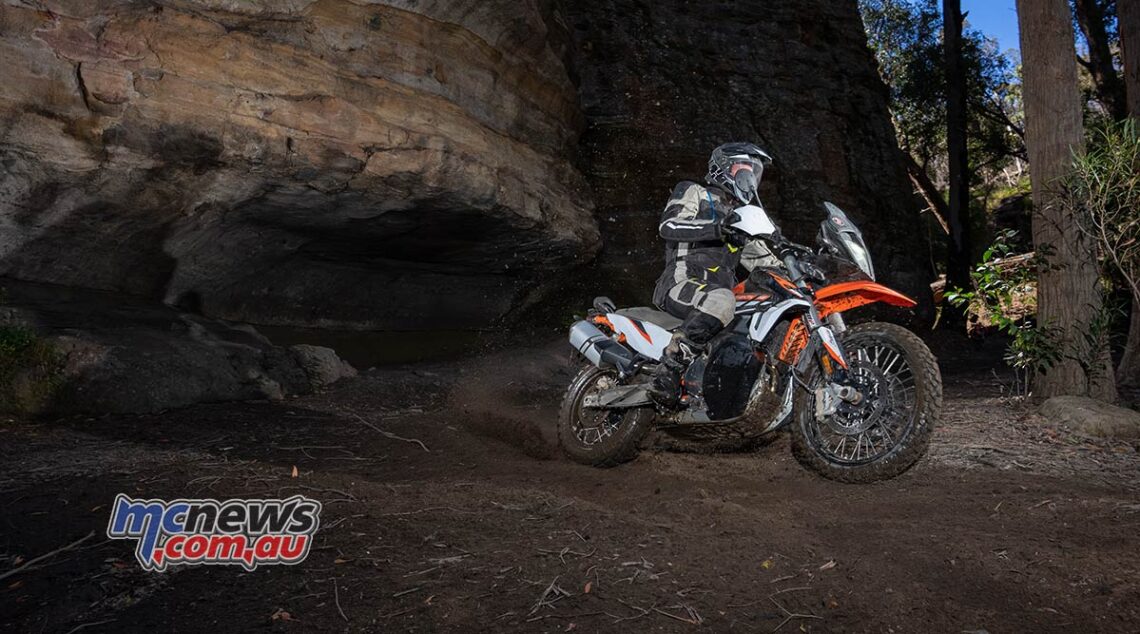
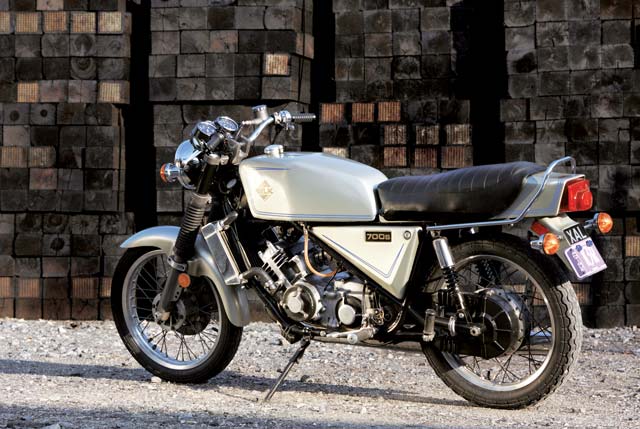
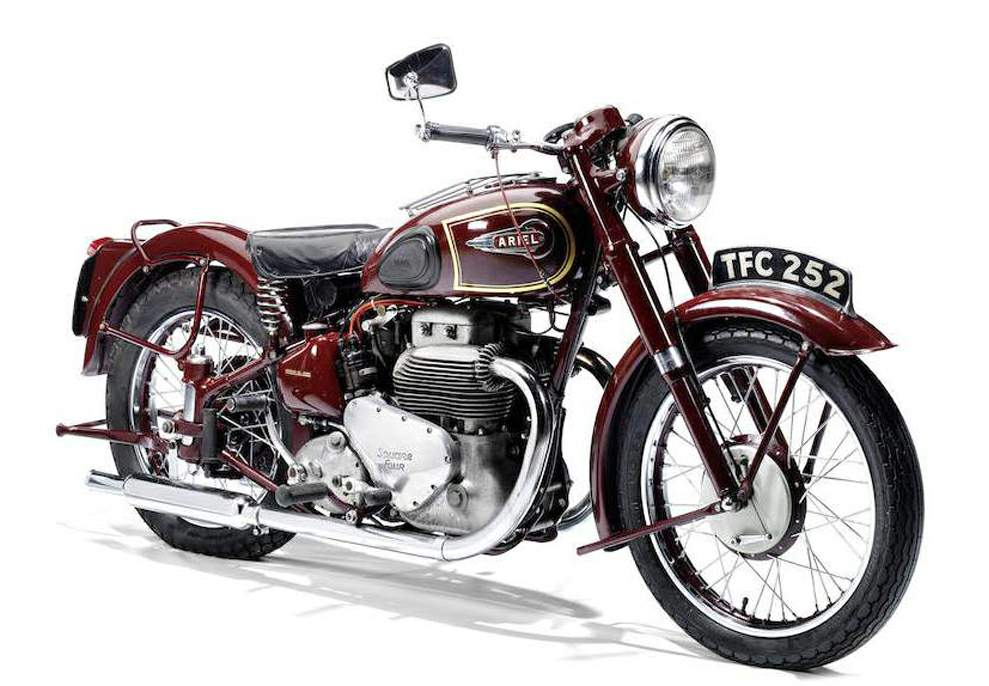
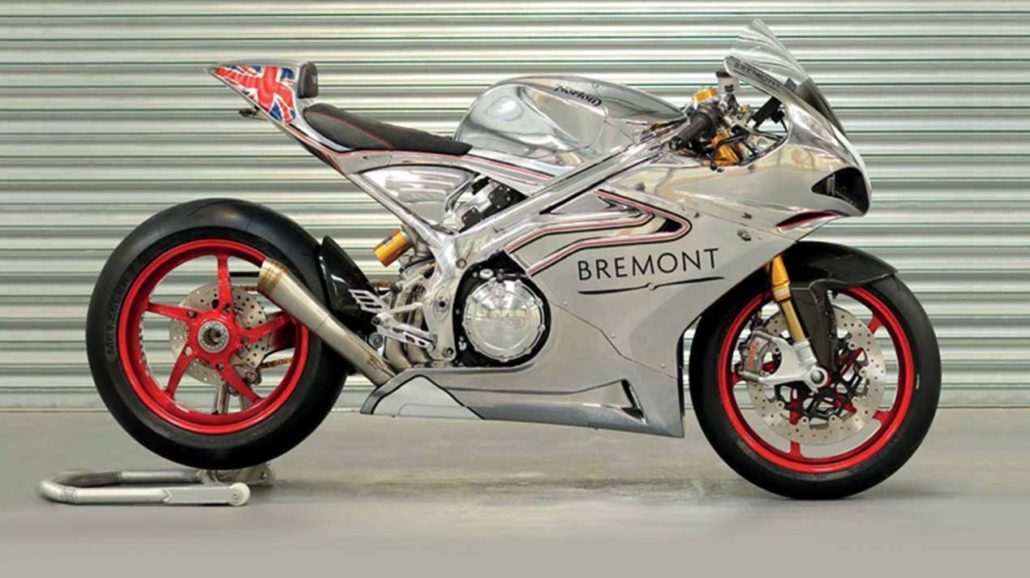
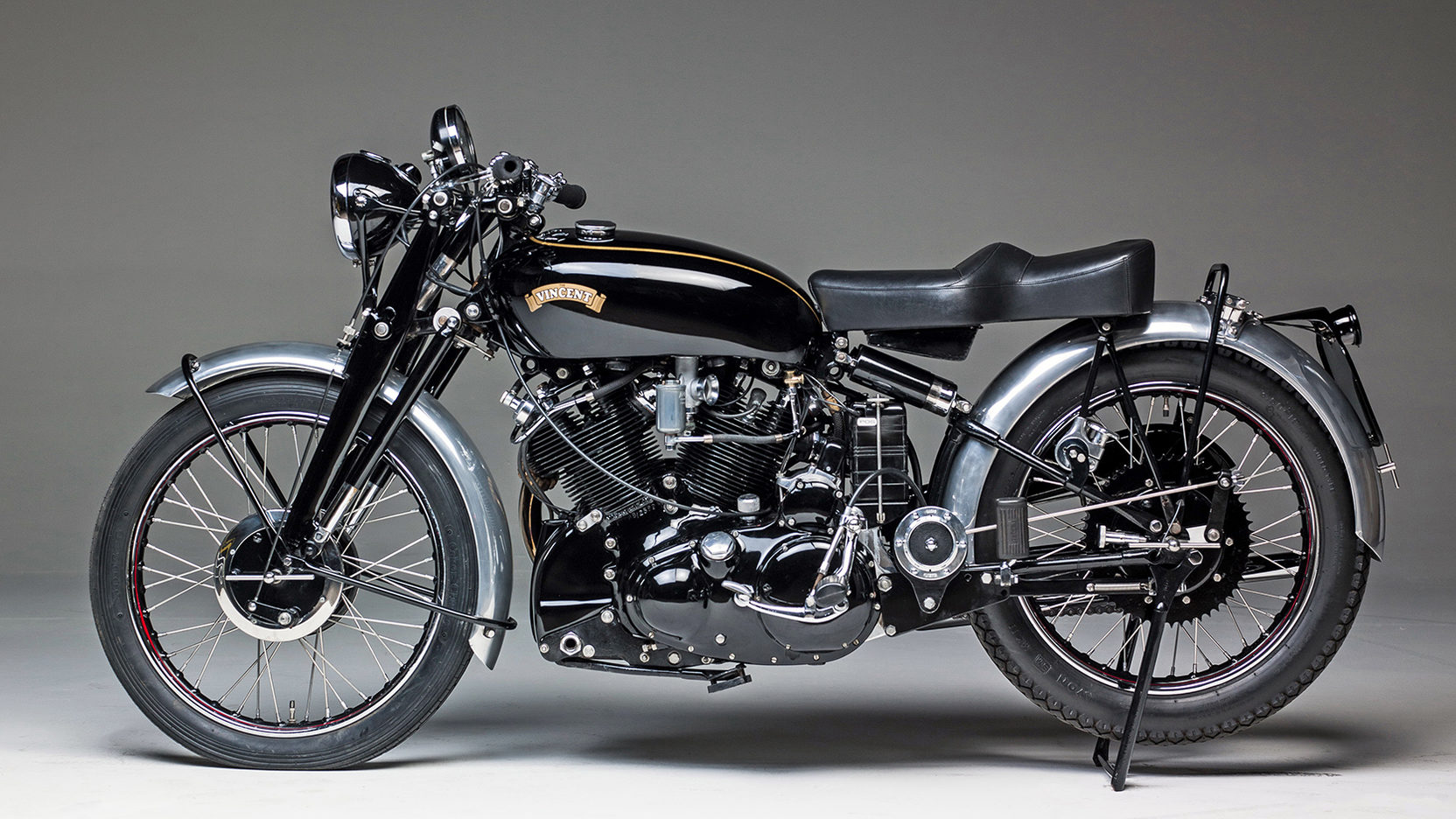
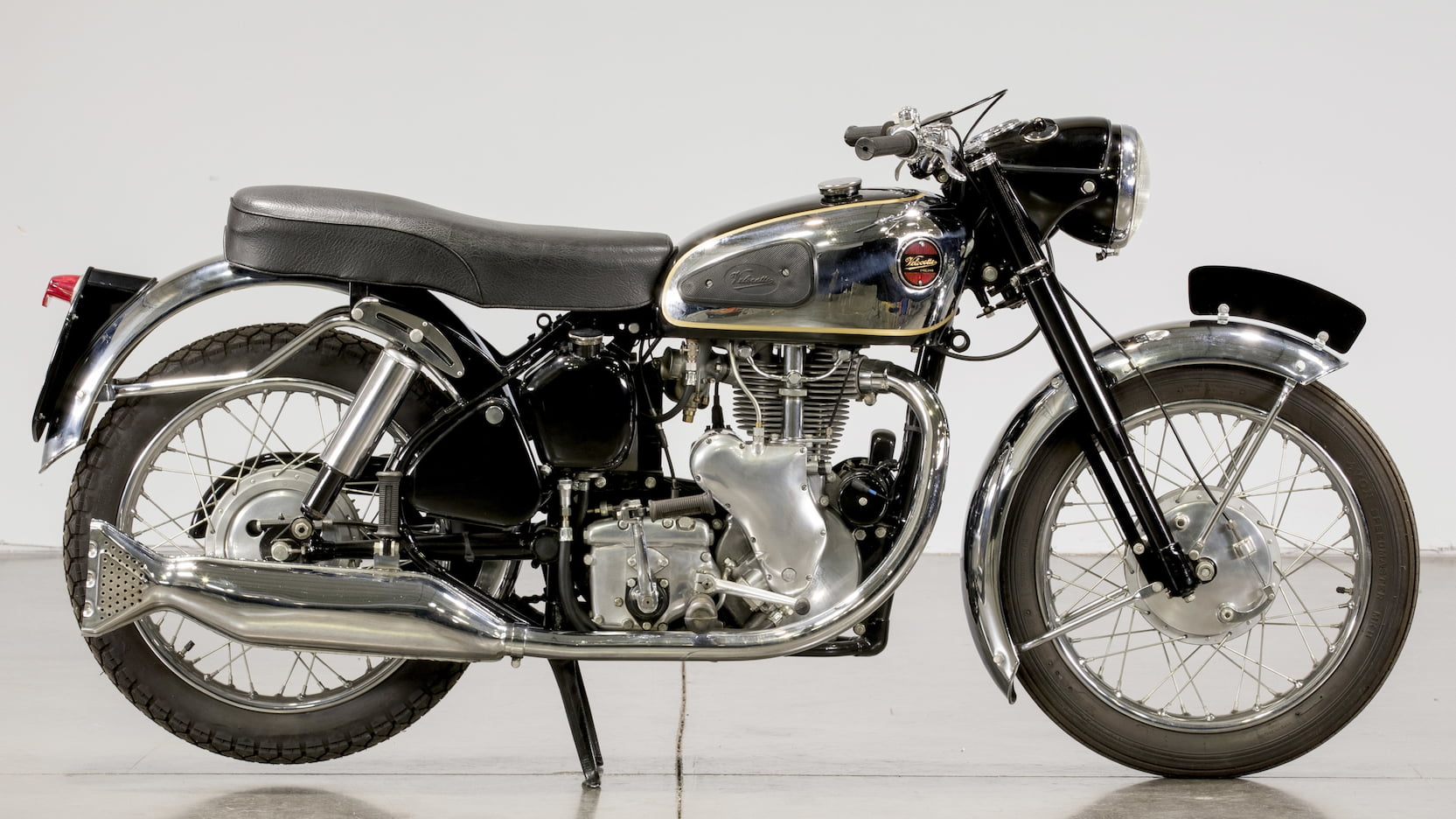
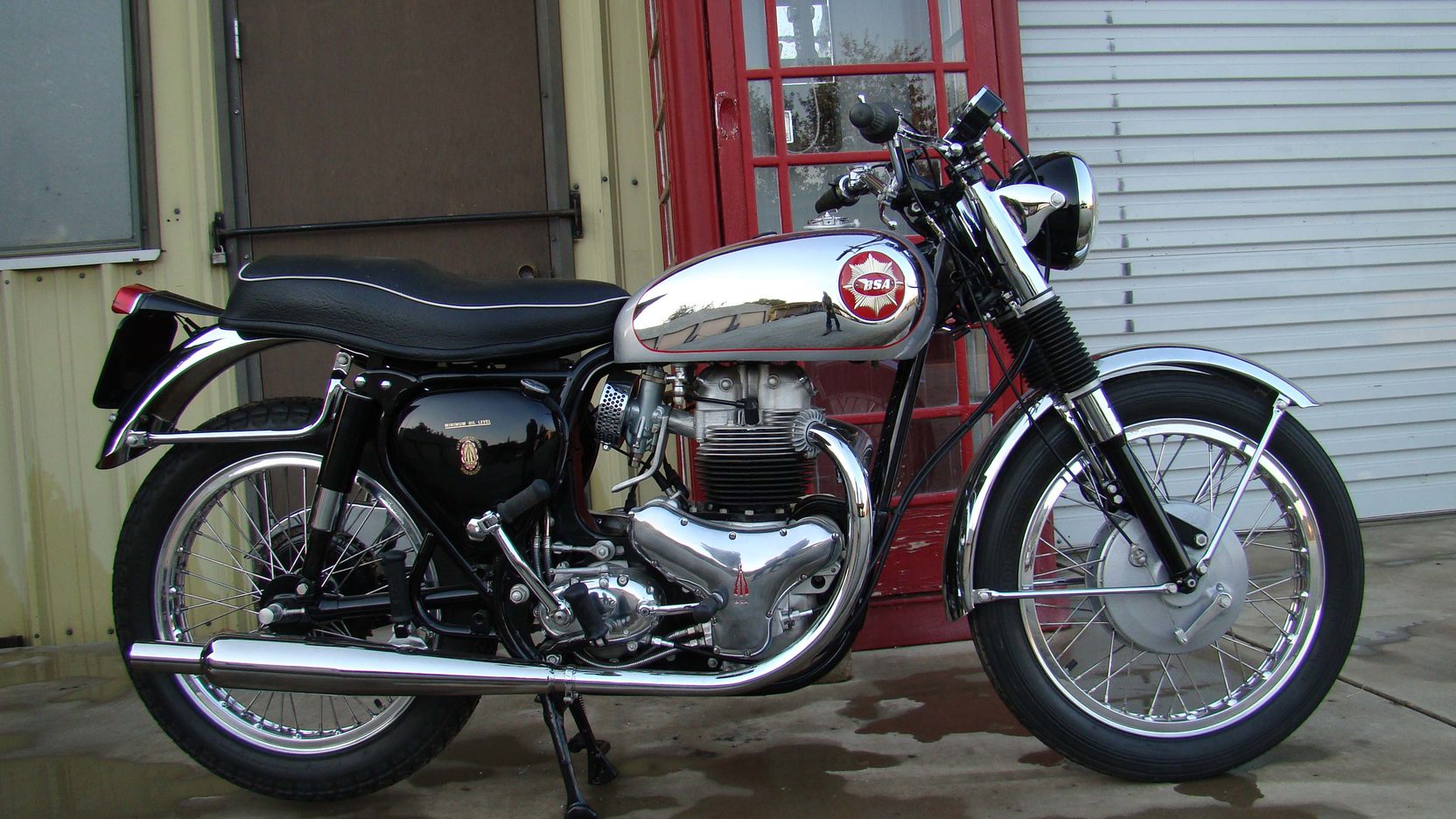
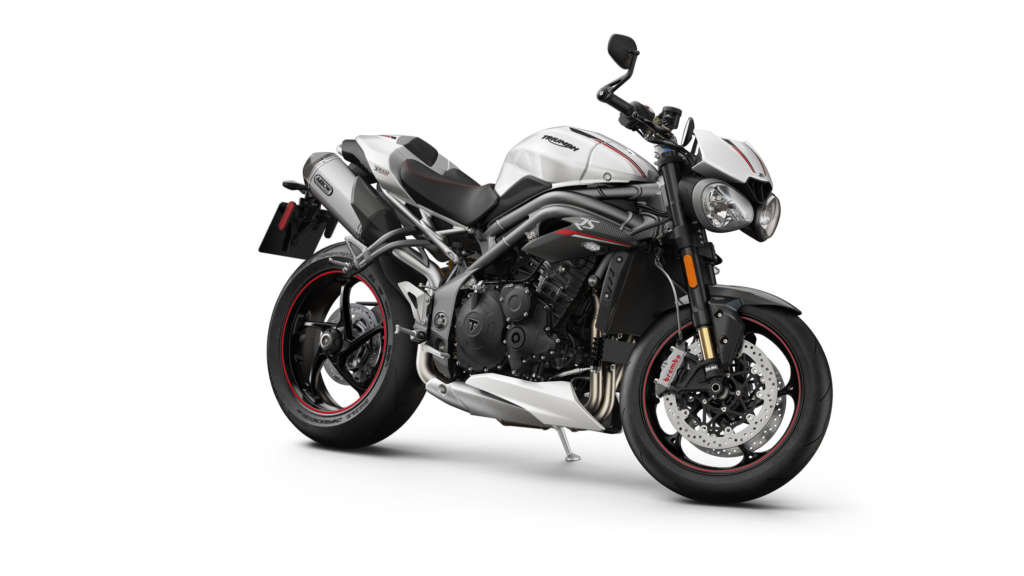
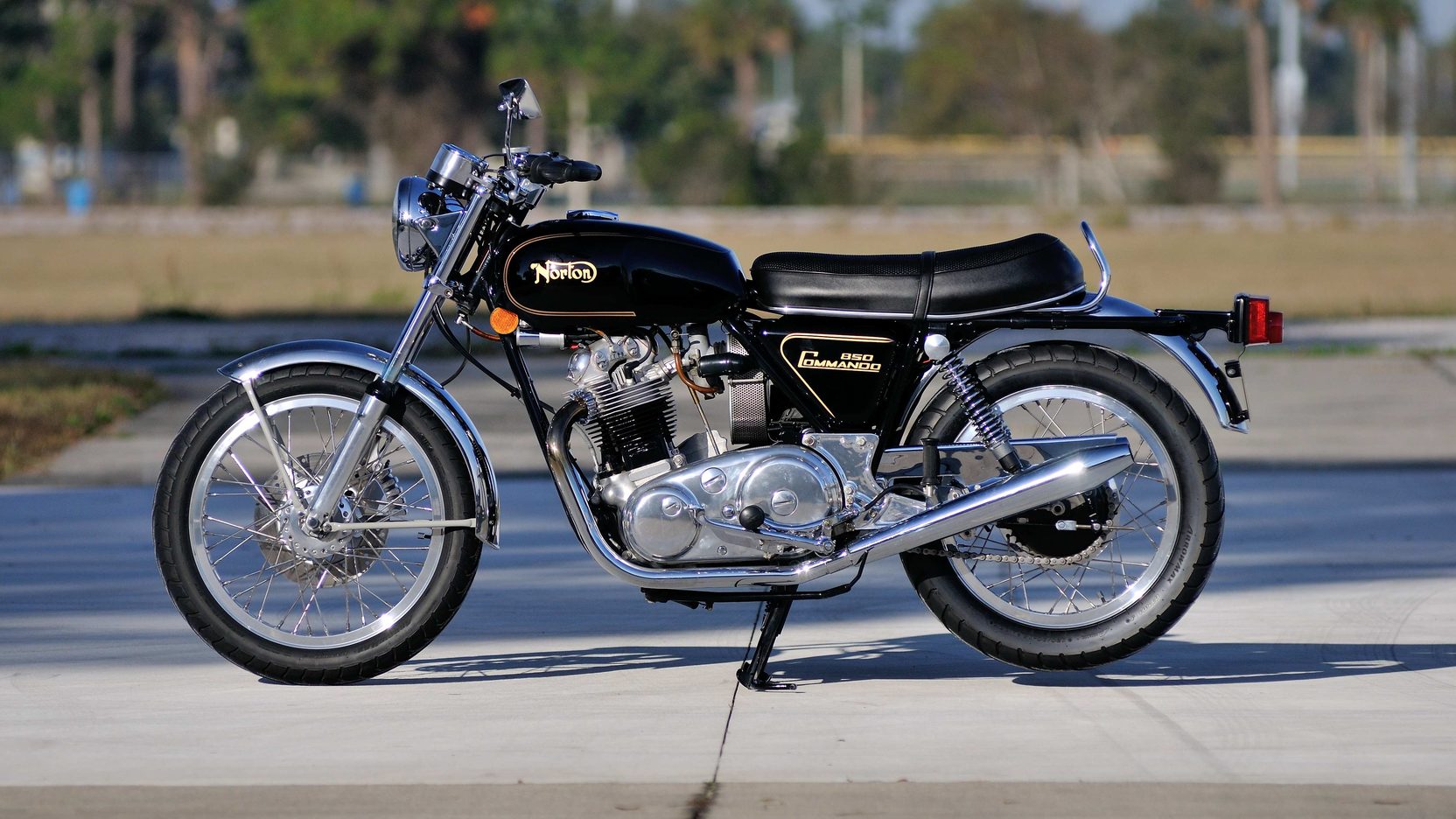











 “Poster boy” Garner
“Poster boy” Garner
 Australian importer James Mutton with Norton motorcycles
Australian importer James Mutton with Norton motorcycles

